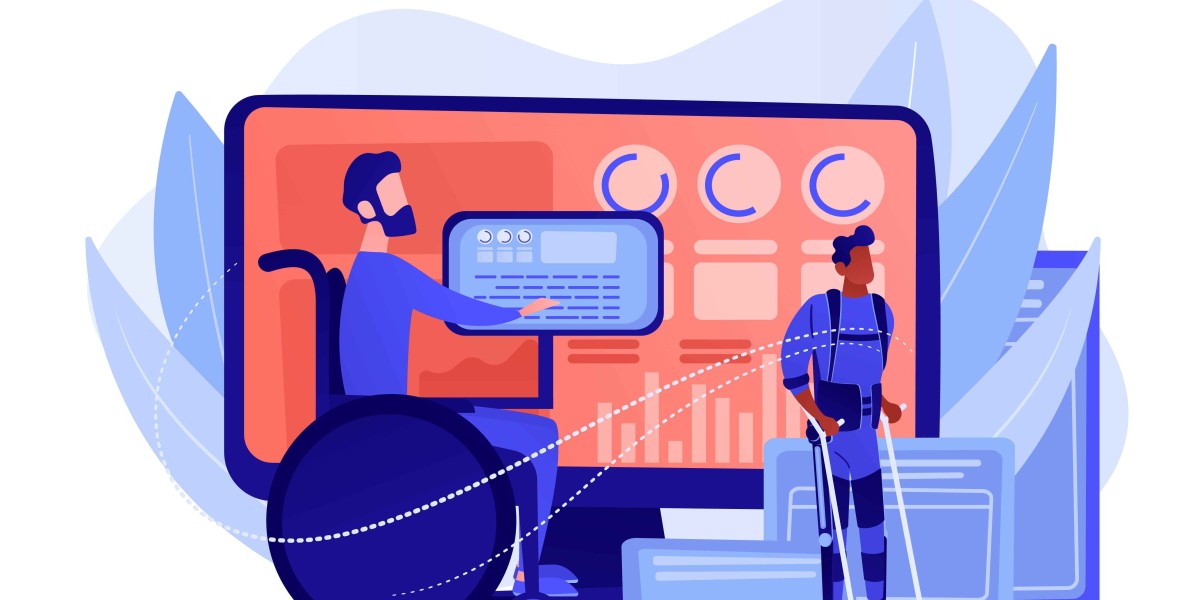Ensuring accessibility in web and mobile applications is crucial for inclusivity and compliance with legal standards. Accessibility testing ensures that people with disabilities can use digital products effectively. This guide explores the essential tools and techniques for testing accessibility and creating an inclusive user experience.
Why Accessibility Testing Matters
Accessibility testing is vital for:
Legal Compliance – Regulations like the Americans with Disabilities Act (ADA) and Web Content Accessibility Guidelines (WCAG) require digital products to be accessible.
User Experience – Providing an inclusive experience benefits all users, including those with visual, auditory, motor, or cognitive disabilities.
Market Expansion – Accessibility opens products to a broader audience, including aging populations and those with disabilities.
Key Accessibility Testing Techniques
1. Automated Accessibility Testing
Automated testing tools scan websites and applications for accessibility violations based on WCAG standards. These tools quickly identify common issues such as missing alt text, poor color contrast, and improper HTML structure.
2. Manual Testing
While automated tools help, manual testing ensures a real-world assessment of usability. This involves:
Navigating via keyboard only to test accessibility for users with motor disabilities.
Using screen readers (such as NVDA or JAWS) to evaluate how content is read aloud.
Checking color contrast manually to ensure readability for visually impaired users.
3. Assistive Technology Testing
Test with assistive technologies such as:
Screen Readers (NVDA, JAWS, VoiceOver)
Speech Recognition Software (Dragon NaturallySpeaking)
Braille Displays for visually impaired users
4. Keyboard Navigation Testing
Ensure that all interactive elements can be accessed using only the keyboard. Users should be able to:
Navigate through content using the Tab key
Activate links and buttons using Enter
Use Escape to close modals and dialogs
5. Color Contrast Testing
Proper color contrast ensures readability. Tools like the WebAIM Contrast Checker help verify that text and background colors meet accessibility standards.
6. Cognitive and Learning Disability Testing
For users with cognitive disabilities, test for:
Readability (simple language, clear structure)
Consistent navigation
Minimal distractions
Best Accessibility Testing Tools
1. Vstellar Accessibility Testing
Vstellar provides a comprehensive accessibility testing suite that integrates seamlessly with development workflows, offering real-time reports and compliance insights.
2. Axe Accessibility Checker
An open-source tool for automated WCAG testing that integrates with browsers and development environments.
3. WAVE (Web Accessibility Evaluation Tool)
A browser extension that visually highlights accessibility issues on web pages.
4. Google Lighthouse
Built into Chrome DevTools, Lighthouse offers accessibility audits and improvement suggestions.
5. Tenon.io
An API-based testing tool that enables accessibility testing at any development stage.
6. Color Contrast Analyzer
A simple tool that verifies color contrast compliance with WCAG standards.
Integrating Accessibility Testing into Development
Incorporate Accessibility Early – Build accessibility checks into the design and development process.
Use a Mix of Automated and Manual Testing – Relying on both ensures comprehensive coverage.
Conduct User Testing – Engage users with disabilities to validate real-world accessibility.
Train Development Teams – Educate teams on accessibility best practices and compliance.
Monitor and Update Regularly – Accessibility needs evolve, so continuous testing is crucial.
Conclusion
Accessibility testing is essential for creating inclusive, legally compliant digital experiences. By leveraging tools like Vstellar and implementing effective testing techniques, organizations can ensure that their applications are accessible to all users. Integrating accessibility testing into the development lifecycle leads to better user experiences and a more inclusive digital world.









